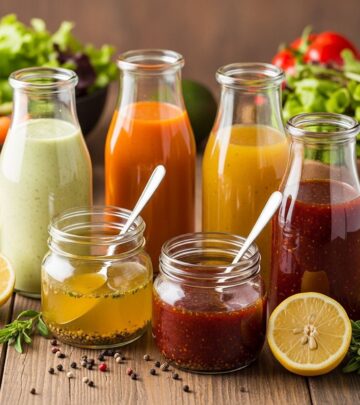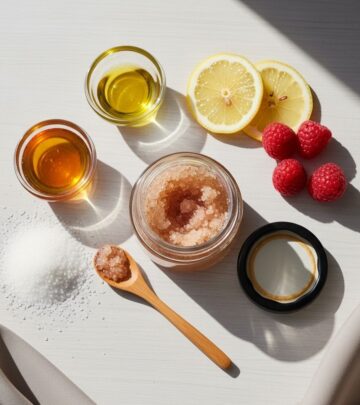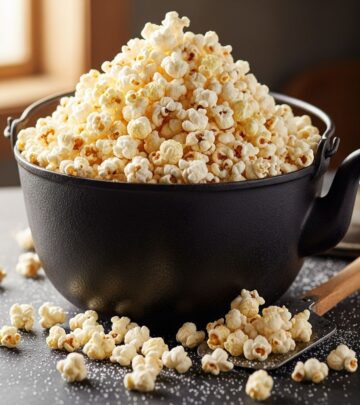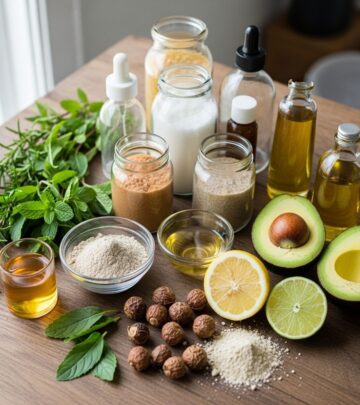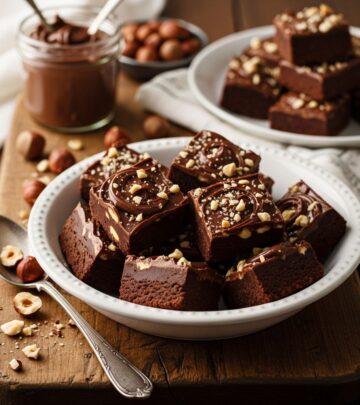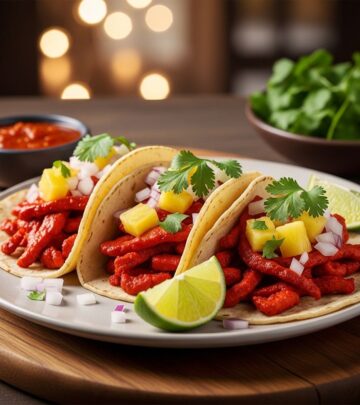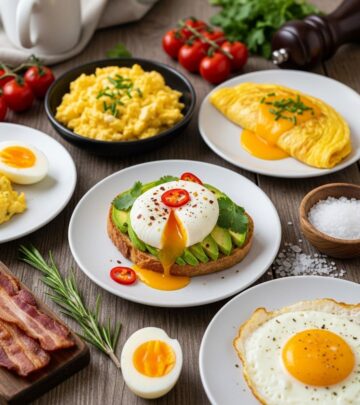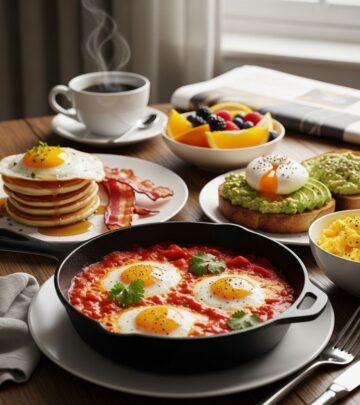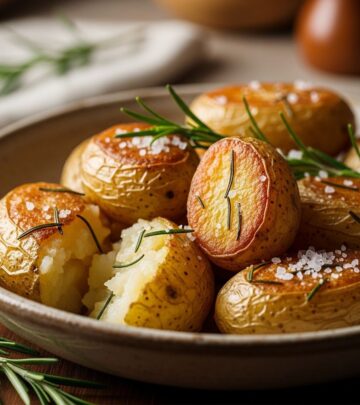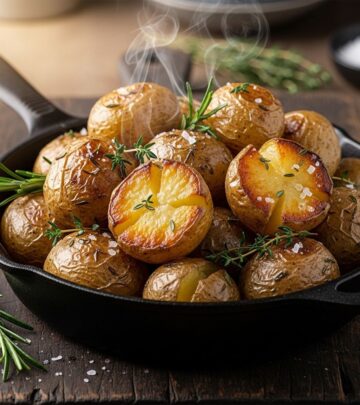Homemade Pie Crust Recipe: Ultimate Guide To Flaky Perfection
Master the art of flaky, tender, and delicious pie crusts from scratch with easy-to-follow steps and expert tips.
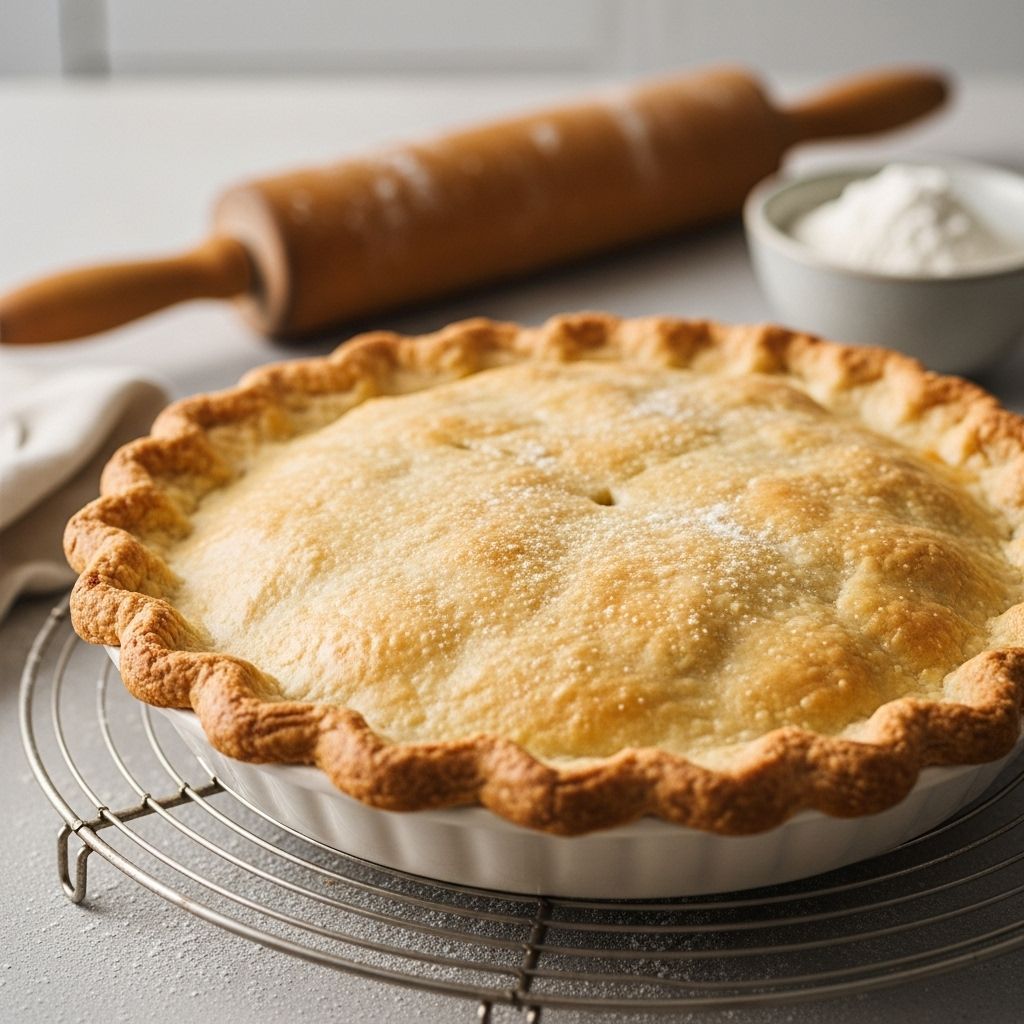
Image: HearthJunction Design Team
Pie Crust IV: The Ultimate Guide to Perfect Homemade Pie Crust
There’s nothing quite like a homemade pie crust — tender, flaky, and golden, it forms the foundation of countless classic desserts. Whether your goal is an apple pie for the holidays or a savory quiche for brunch, mastering the basics of pie crust can take your baking to the next level. This guide will walk you through everything you need to know to make a flawless pie crust from scratch.
Ingredients for Pie Crust IV
Before you get started, gather all the essential ingredients. Using fresh, high-quality items will ensure the best texture and flavor in your finished crust.
- All-purpose flour – The foundation of your pie crust. All-purpose flour provides the necessary structure.
- Shortening – For tenderness and flakiness, solid vegetable shortening is the classic choice. Cold shortening is key for a light, flaky texture.
- Salt – Enhances the flavor and balances the richness of the crust.
- Cold water – Just enough to bring the dough together without making it sticky. The water should be ice-cold to help keep the shortening solid as you work.
Step-by-Step Directions
- Mix the Dry Ingredients
- In a large mixing bowl, combine the all-purpose flour and salt.
- Stir together with a fork or whisk until evenly distributed.
- Cut in the Shortening
- Add the cold shortening to the flour mixture.
- Using a pastry blender or a fork, cut the shortening into the flour until the mixture resembles coarse, pea-sized crumbs. This step is crucial for achieving a flaky texture.
- Add Cold Water
- Gradually sprinkle cold water, one tablespoon at a time, over the flour mixture.
- Mix gently with a fork or your hands just until the dough starts to come together. Do not over-mix; stop as soon as the dough holds together when pressed.
- Shape the Dough
- Gather the dough into a ball and flatten it into a disc.
- Wrap in plastic wrap and refrigerate for at least 30 minutes. Chilling makes the dough easier to handle and enhances flakiness.
If you're looking for a straightforward way to perfect your dough, check out our Step-by-Step Guide to Foolproof Flaky Crust. This guide will simplify the process, making it easier than ever to create a perfect dough every time. - Roll Out
- Lightly flour your work surface and the top of the dough.
- Roll the dough gently from the center outward, rotating occasionally to maintain an even thickness.
- Roll into a circle about 1 inch larger than your pie plate.
- Transfer to Pie Plate
- Fold the dough circle in half, then gently lift and unfold into your pie plate.
- Press the dough into the bottom and sides. Trim excess dough to about 1/2-inch beyond the rim.
- Fold the edge under and use your fingers or a fork to crimp decoratively.
- Bake or Fill
- If your recipe calls for a pre-baked (blind-baked) crust, prick the bottom with a fork, line with parchment paper, fill with pie weights, and bake as directed.
- For filled pies, add your chosen filling and bake according to the recipe instructions.
Expert Tips for the Best Pie Crust
- Keep Everything Cold: Cold ingredients prevent the fat from melting too soon, resulting in a flakier crust.
- Handle Gently: Overworking the dough can make the crust tough. Mix and knead just enough to bring the dough together.
- Chill the Dough: Resting the dough in the refrigerator is essential for ease of rolling and optimal texture.
- Prevent Shrinking: Let the raw crust chill in the pan before baking and avoid stretching it when transferring to the pie plate.
- Experiment with Fats: While Pie Crust IV uses shortening, you can substitute part (or all) of the shortening with butter for added flavor, though the texture will be slightly different.
Pie Crust Variations
Pie Crust IV is a versatile foundation for many types of pies. Here are some popular variations you can try:
- All-Butter Crust: Substitute all or part of the shortening with cold, unsalted butter for a richer taste.
- Half-and-Half: Use half butter and half shortening for a balance of flavor (from butter) and flakiness (from shortening).
- Whole Wheat: Replace up to one-third of the all-purpose flour with whole wheat flour for a nutty flavor and added fiber.
- Gluten-Free: Use a gluten-free flour blend as a direct substitute, but be aware that the texture may vary.
- Flavored Crusts: Add herbs (for savory pies), sugar and spices (for sweet desserts), or grated cheese (for quiches) to customize your crust.
Pie Crust Troubleshooting Guide
| Problem | Possible Cause | Solution |
|---|---|---|
| Crust is tough | Overmixed dough; too much water; overhandled | Handle dough as little as possible and add water gradually |
| Crust shrinks when baked | Dough stretched when placing in pan; not chilled before baking | Allow dough to rest; chill in pan before baking |
| Crust is soggy | Underbaked; not blind-baked before filling for wet fillings | Blind bake crust for custard or cream pies; bake longer if needed |
| Crust cracks when rolling | Dough too cold or dry | Let dough rest at room temp; add a drop of water if necessary |
Pie Crust FAQs
What’s the best fat for pie crust?
Shortening yields a tender and flaky crust and is more forgiving to work with, while butter gives a rich flavor but can result in slightly less flakiness. Many bakers recommend a blend of both for best results.
Why does my pie crust come out tough?
If you mix or knead the dough too much, gluten develops, making your crust chewy instead of flaky. Always mix just until the ingredients come together.
How do I prevent soggy bottom crusts?
Blind-bake (pre-bake) the crust for pies with wet fillings. Use pie weights to hold the shape, and bake until the bottom sets before filling and finishing baking.
Can I freeze pie dough?
Yes, wrap the dough disc tightly in plastic wrap and place in a freezer-safe bag. Thaw overnight in the refrigerator before rolling out.
How do I make a double-crust pie?
Double the dough recipe and divide into two discs. Use one for the bottom and one for the top, rolling both to fit your pie plate. Don’t forget to cut slits in the top crust for steam to escape!
Serving Suggestions and Storage
- This crust works for both sweet and savory pies, quiches, tarts, and galettes.
- For a classic finish, brush the edge with egg wash and sprinkle with sugar for sweet pies, or herbs for savory pies.
- Store baked pie crust in an airtight container at room temperature for up to 2 days or refrigerate for up to 5 days. Unbaked dough discs can be frozen for up to 3 months.
Nutrition Info (Per Serving Estimate)
- Calories: Approx. 160
- Fat: 9g
- Carbohydrates: 17g
- Protein: 2g
- Sodium: 100mg
Top Tips for Flaky Pie Crust Success
- Use a pastry blender or food processor to combine fat and flour quickly, keeping ingredients cold.
- Roll dough between parchment sheets for easier transfer to pie plates and less sticking.
- Don’t skip chilling after rolling — that extra time helps prevent shrinking and keeps the finished crust tender.
Frequently Asked Questions (FAQs)
How long does pie dough last in the fridge?
Pie dough can be refrigerated for up to 3 days. If you need to store it longer, wrap well and freeze for up to 3 months.
Is it better to bake pie crust with or without weights?
If you’re blind-baking (pre-baking) your crust, using pie weights or dried beans helps prevent puffing and ensures an even bake.
Can I use margarine instead of shortening or butter?
You can, but the texture and flavor may differ. Shortening and butter are preferred for best results.
What’s the best way to crimp pie crust edges?
Use your thumb and forefinger to pinch the edge into a scalloped shape, or press with a fork for a classic pattern. Even, deeply crimped edges help the crust hold its shape as it bakes.
Conclusion: Pie Crust Mastery Awaits
With this comprehensive guide, making a homemade pie crust is more approachable than ever. Remember, the keys to success are cold ingredients, gentle handling, and patience. Whether you’re crafting a holiday masterpiece or a cozy weekend dessert, a perfect pie crust elevates every slice.
So preheat your oven, dust off your rolling pin, and start baking — delicious, flaky, and tender pie crusts are within reach!
References
Read full bio of Srija Burman

